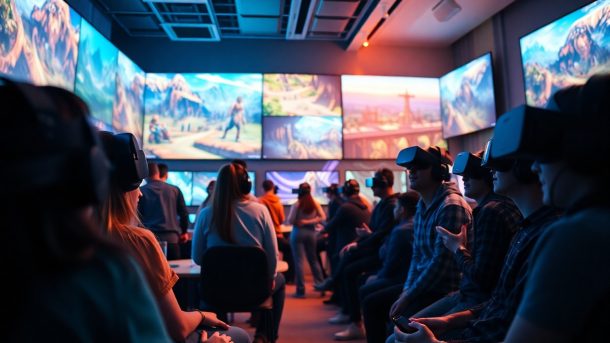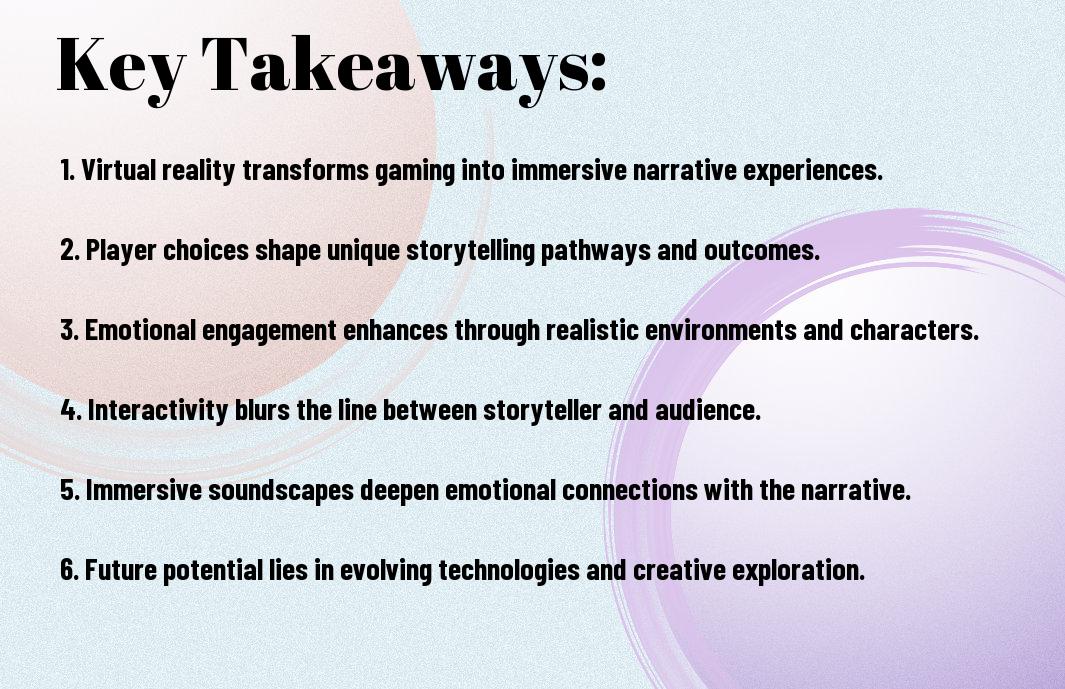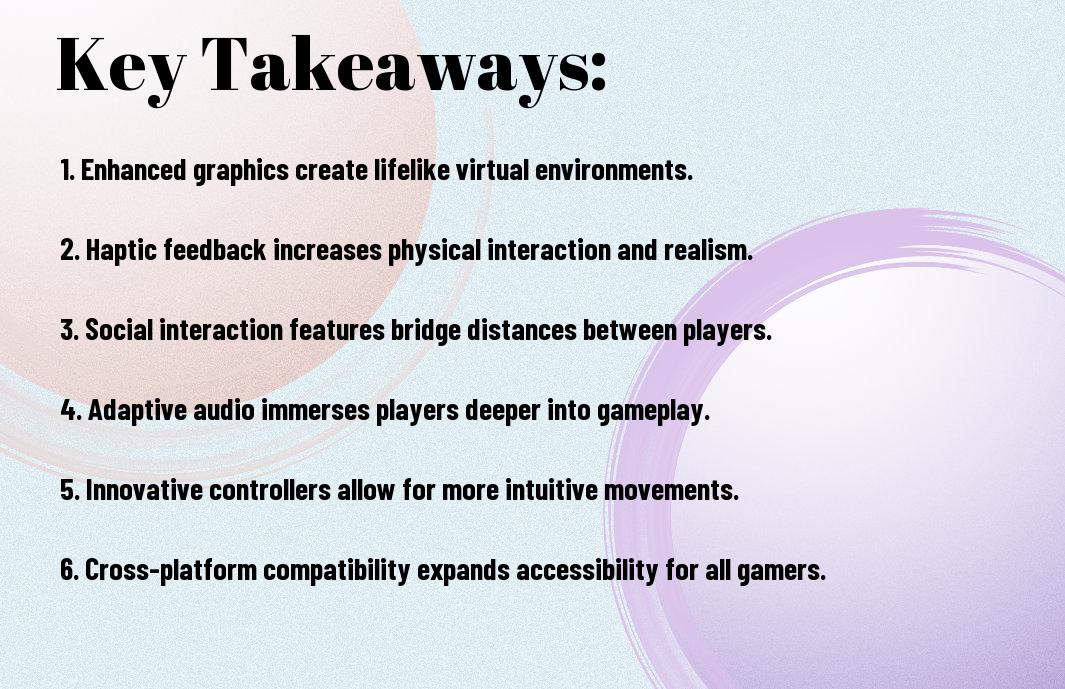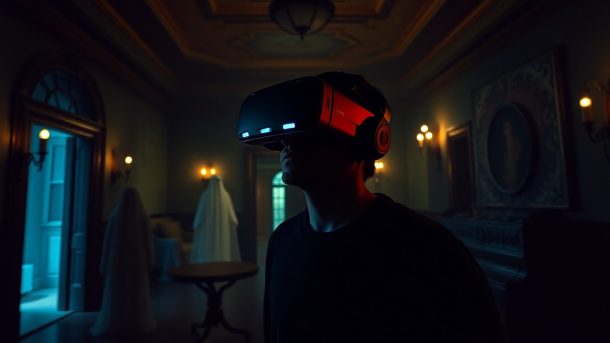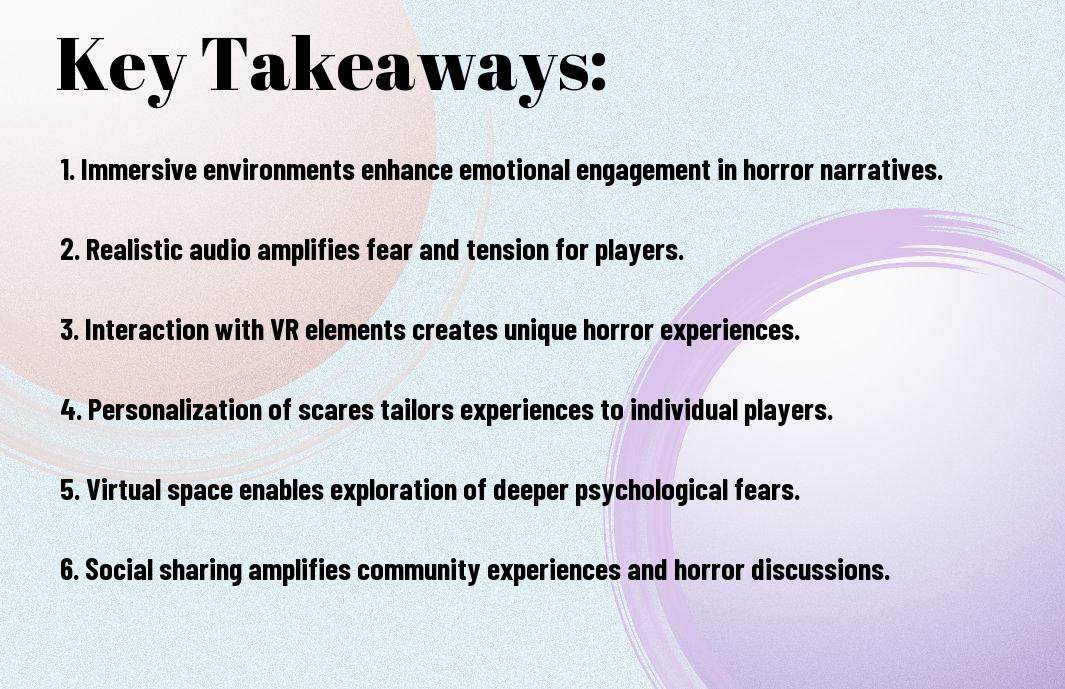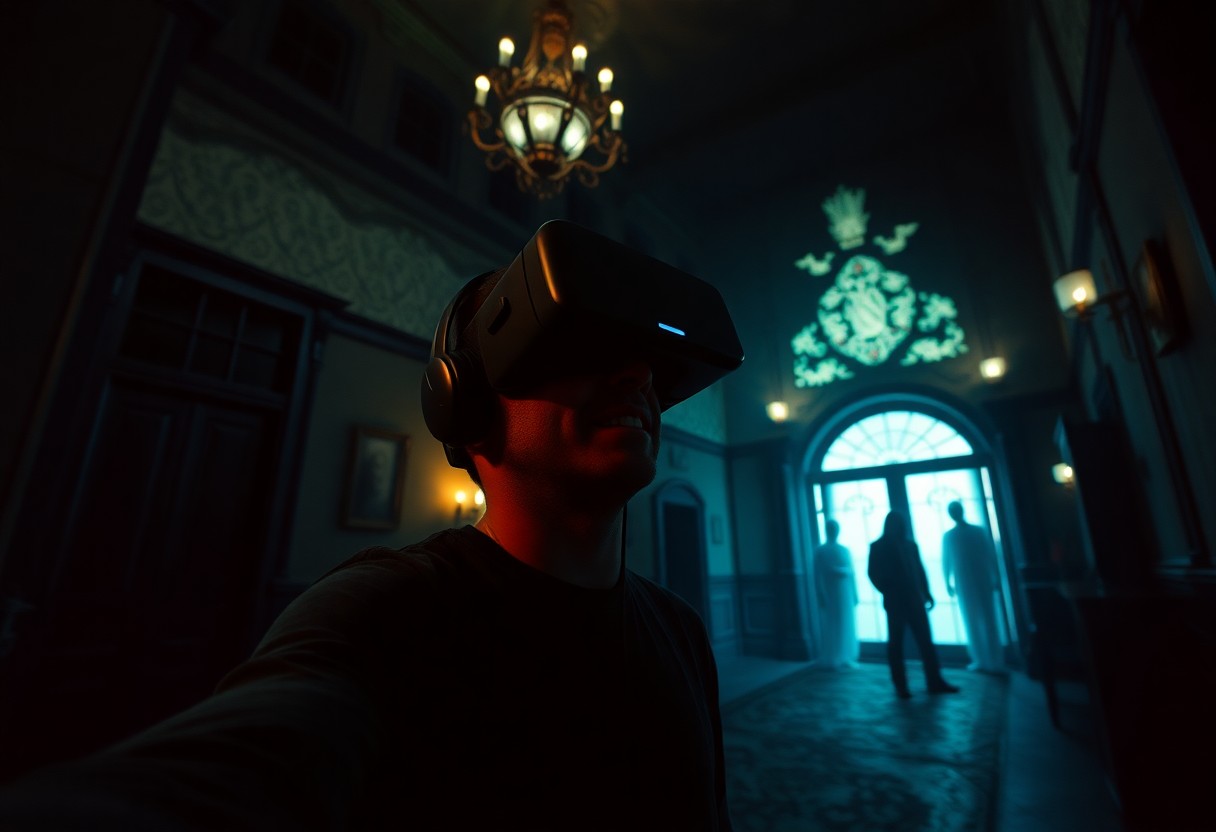As you explore the vast online landscapes of massively multiplayer online games (MMOs), you become part of a vibrant community that transcends geographical boundaries. You interact with others, form connections, and experience a sense of belonging in these virtual worlds. Your online persona evolves, and you find yourself invested in the game’s social dynamics, collaborating with fellow players to achieve common goals, and shaping the community’s culture and norms.
Key Takeaways:
- Virtual worlds, such as those found in Massively Multiplayer Online (MMO) games, have the ability to create immersive communities by providing players with a sense of presence and connection to others within the virtual environment.
- The design of these virtual worlds, including the game mechanics, social tools, and shared goals, can foster a sense of belonging and cooperation among players, leading to the formation of strong online communities.
- The immersive nature of virtual worlds can also facilitate social interactions and relationships that transcend the virtual environment, with many players forming lasting friendships and connections with others they meet in the game.
The Architecture of Virtual Worlds
To create immersive communities, you need to understand the foundation of virtual worlds, which involves designing and building a virtual environment that simulates real-world experiences, allowing you to interact with others in a shared space.
Digital Landscapes and World Building
On entering a virtual world, you are immediately immersed in a digital landscape that has been carefully crafted to provide an engaging experience, with your surroundings, architecture, and terrain all contributing to the overall atmosphere and sense of presence.
Server Infrastructure and Technical Framework
By examining the technical aspects of virtual worlds, you will gain insight into the complex systems that support your online interactions, including the servers, networks, and software that enable thousands of users to share the same virtual space simultaneously.
Building on this understanding, you can appreciate the significant resources and expertise required to design, implement, and maintain the server infrastructure and technical framework that underpin your virtual world experience, ensuring a stable, secure, and responsive environment for you to explore and interact with others.
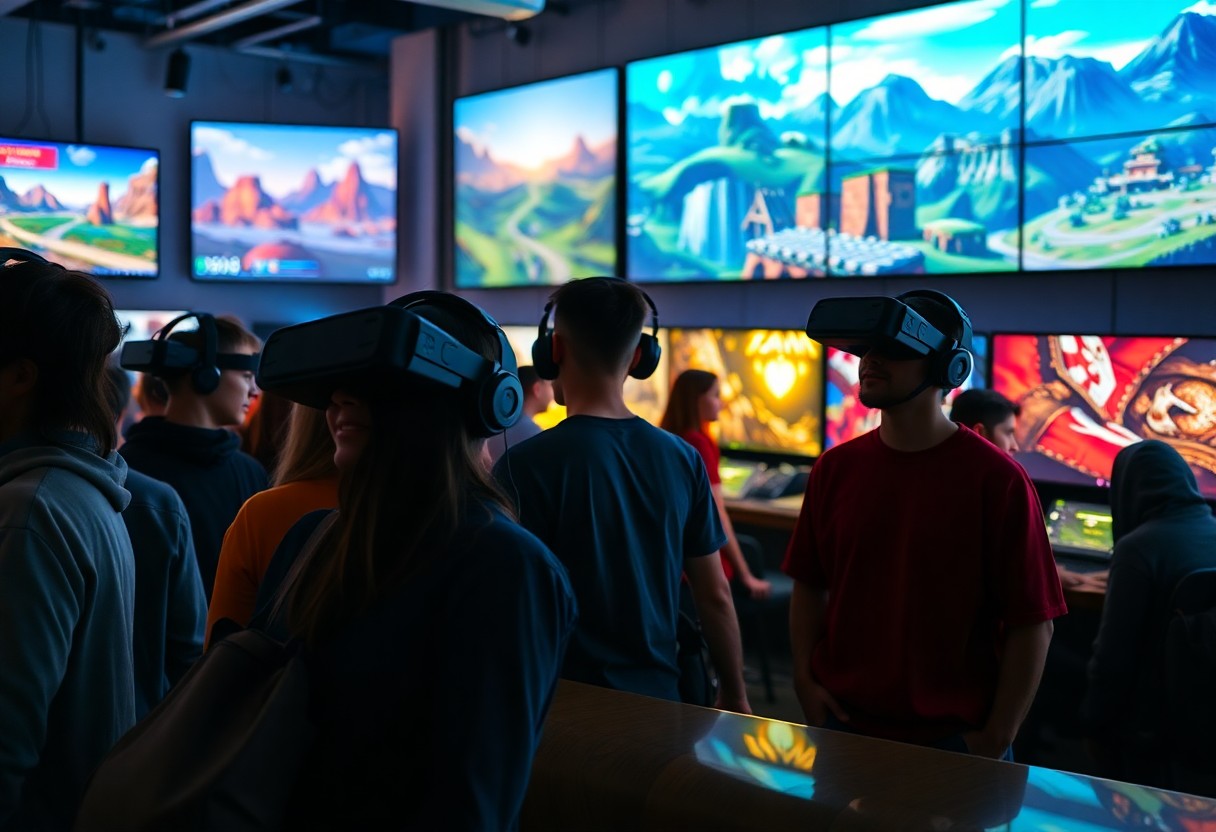
Social Dynamics in MMOs
Some of the most fascinating aspects of MMOs are the social dynamics that emerge within these virtual worlds, and as you explore these communities, you’ll discover complex relationships and interactions that rival those in the real world.
Guild Systems and Hierarchies
Any examination of social dynamics in MMOs would be incomplete without considering guild systems and hierarchies, and as you join a guild, you’ll experience a sense of belonging and camaraderie with your fellow players.
Player-Driven Economies
MMOs often feature player-driven economies, and as you participate in these economies, you’ll find that they are shaped by the collective actions of players, influencing the game world in meaningful ways.
In fact, as you examine deeper into player-driven economies, you’ll notice that they can be incredibly sophisticated, with players buying, selling, and trading goods, and you may even find yourself becoming an entrepreneur, managing your own virtual business and navigating the complexities of supply and demand.
Community Formation
Your journey into virtual worlds begins with community formation, where you can engage with others who share your interests. You can learn more about the appeal of MMORPGs by visiting Gaming in Virtual Worlds: The Appeal of MMORPGs | Gamers to understand what drives community growth.
Cross-Cultural Interactions
Around the virtual globe, you’ll encounter diverse players, fostering cross-cultural interactions that enrich your experience and broaden your perspectives, allowing you to learn from others.
Social Bonds and Virtual Friendships
To form lasting connections, you’ll need to invest time and effort into building relationships with your fellow players, which can lead to strong social bonds and virtual friendships.
With these social bonds in place, you’ll find that your virtual world experience becomes more enjoyable and immersive, as you work together with your friends to overcome challenges and achieve common goals, creating a sense of belonging and camaraderie that enhances your overall experience.
Identity and Avatar Creation
Despite the virtual nature of MMOs, you can create a sense of self through your avatar, shaping your online identity and expression. This process allows you to experiment with different personas and traits, influencing your interactions and experiences within the game world.
Digital Self-Expression
Beneath the surface of avatar creation lies a complex system of digital self-expression, where you can customize your character’s appearance, skills, and abilities, reflecting your personality and preferences in the virtual world.
Role-Playing Elements
Identical to real-life social interactions, role-playing elements in MMOs enable you to adopt specific roles and behaviors, further defining your in-game identity and allowing you to engage with others in meaningful ways.
With the role-playing elements in place, you can fully immerse yourself in the virtual world, adopting a character’s backstory, motivations, and personality, and interacting with others in a way that feels authentic and engaging, allowing you to form lasting connections and communities within the game.
Communication Systems
Unlike other online platforms, MMOs offer a range of communication tools that enable you to connect with your fellow players. You can engage in discussions, share strategies, and socialize with others in your virtual community.
In-Game Chat Mechanics
By utilizing in-game chat mechanics, you can communicate with other players in real-time, facilitating teamwork and collaboration. You can use text-based chat to convey messages, creating a sense of camaraderie and shared purpose.
Voice Communication Platforms
Platforms like Discord and TeamSpeak allow you to engage in voice conversations with your fellow players, enhancing your overall gaming experience. You can discuss strategies, coordinate actions, and build stronger relationships with your teammates.
To take full advantage of voice communication platforms, you can customize your settings to suit your preferences, adjusting audio quality, and configuring notifications to minimize distractions. You can also use these platforms to connect with other players outside of the game, extending your social connections and community engagement.
Shared Experiences
Keep in mind that shared experiences are the foundation of immersive communities in MMOs, allowing you to connect with others on a deeper level as you explore virtual worlds together.
Group Events and Raids
Along with collaborative gameplay, group events and raids foster a sense of camaraderie, as you work together with your fellow players to achieve common goals and overcome challenges.
Virtual Celebrations and Gatherings
Beneath the surface of these virtual worlds, you’ll find opportunities to participate in virtual celebrations and gatherings, which bring players together to socialize and have fun in a shared online environment.
Plus, as you attend these virtual celebrations and gatherings, you’ll have the chance to express your creativity and individuality, whether through customized avatars, personalized items, or unique activities, allowing you to feel more connected to your online community and invested in your virtual world experience.
To wrap up
Drawing together the various aspects of virtual worlds, you can see how MMOs create immersive communities that draw you in and keep you engaged. As you explore these virtual environments, you become part of a larger social network, interacting with others and forming connections that enhance your overall experience. Your participation in these communities can lead to lasting relationships and a sense of belonging, making your time in virtual worlds even more enjoyable and rewarding.
FAQ
Q: What are virtual worlds and how do they relate to MMOs?
A: Virtual worlds refer to online environments that simulate real or fictional worlds, where users can interact with each other and the environment itself. Massively Multiplayer Online (MMO) games are a type of virtual world that allows thousands of players to interact with each other in real-time, creating a sense of community and immersion. MMOs often feature virtual worlds with their own geography, climate, and rules, providing a rich and engaging experience for players.
Q: How do MMOs create immersive communities?
A: MMOs create immersive communities by providing a shared space for players to interact, socialize, and collaborate. Players can form guilds, participate in group activities, and engage in player-versus-player (PvP) or player-versus-environment (PvE) gameplay, fostering a sense of camaraderie and shared purpose. Additionally, many MMOs feature complex gameplay mechanics, rich storytelling, and detailed virtual worlds, which encourage players to become invested in the game and its community.
Q: What role do social interactions play in virtual worlds?
A: Social interactions play a vital role in virtual worlds, as they enable players to form connections, build relationships, and collaborate with others. Players can communicate with each other through chat, voice chat, or other forms of messaging, allowing them to coordinate activities, share knowledge, and provide support. Social interactions also facilitate the creation of social hierarchies, with players forming groups, guilds, and other social structures that reflect their interests and values.
Q: How do virtual worlds impact player behavior and psychology?
A: Virtual worlds can have a significant impact on player behavior and psychology, as they provide a unique environment that can influence player attitudes, emotions, and behaviors. Players may experience a sense of escapism, relaxation, or excitement, depending on the game’s design and their individual preferences. Additionally, virtual worlds can provide a safe space for players to experiment with different identities, roles, and behaviors, which can translate to real-life benefits such as improved social skills, teamwork, and problem-solving abilities.
Q: What is the future of virtual worlds and MMOs in terms of community building and immersion?
A: The future of virtual worlds and MMOs is likely to involve even more sophisticated community-building tools, immersive gameplay mechanics, and advanced technologies such as virtual reality (VR) and augmented reality (AR). As technology continues to evolve, we can expect to see more realistic and engaging virtual worlds that blur the line between the physical and virtual, providing new opportunities for social interaction, collaboration, and community building. Furthermore, the rise of cloud gaming, cross-platform play, and game streaming services is likely to make virtual worlds and MMOs more accessible and convenient, attracting new players and expanding the reach of these immersive communities.
